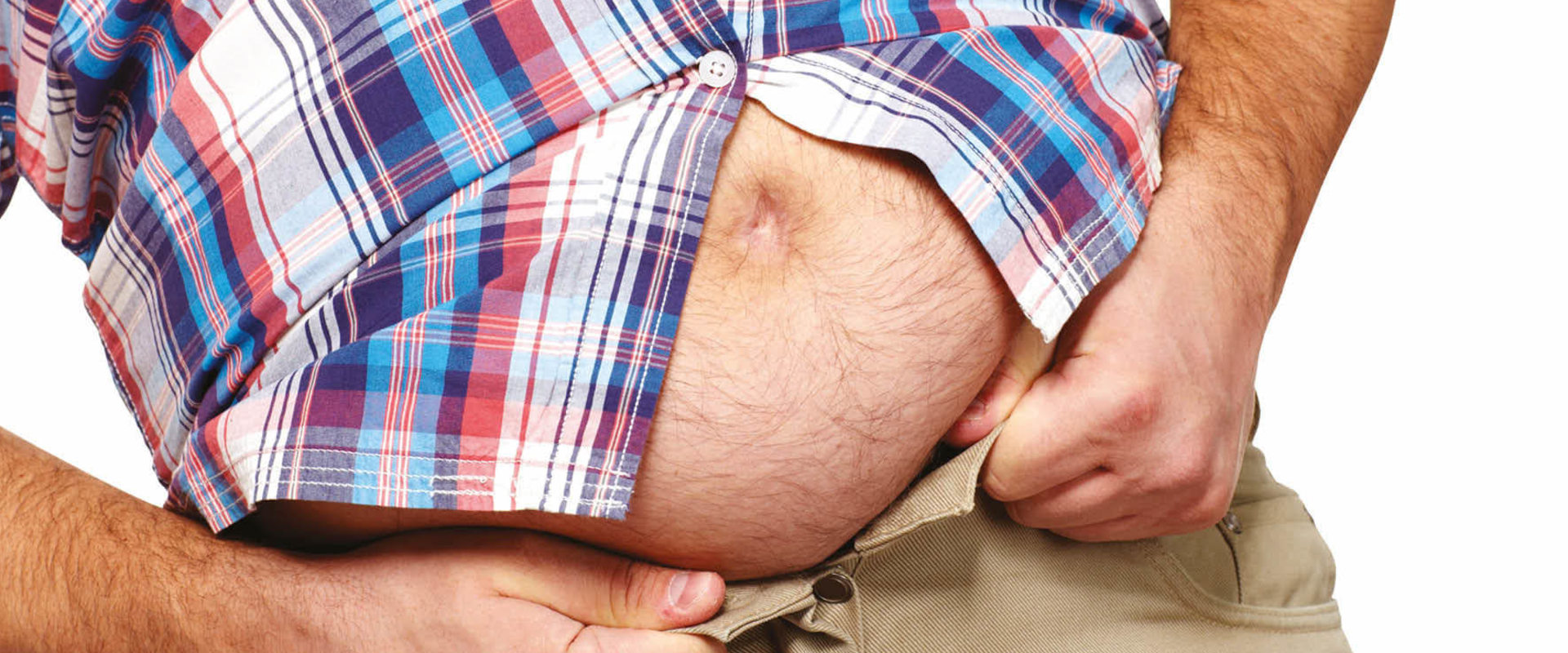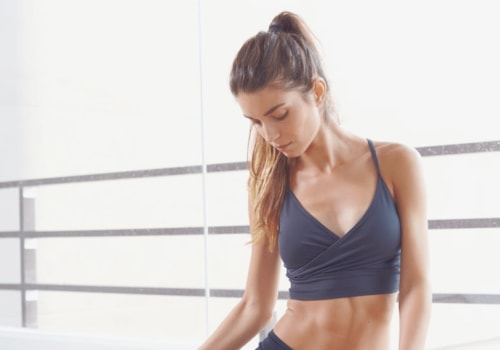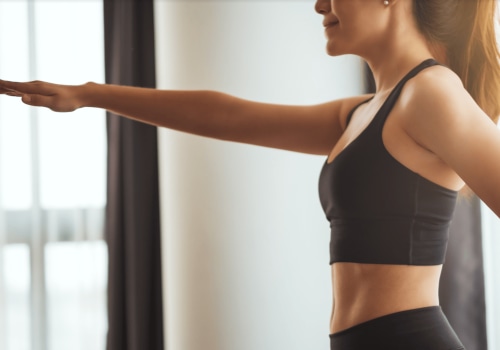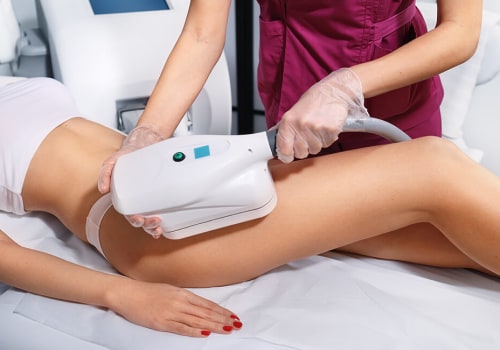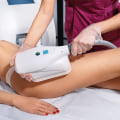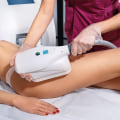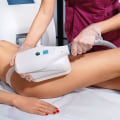Non-surgical fat reduction has become a popular trend in weight loss. It is an advanced procedure that is scientifically proven to initiate the body's natural process to release all the content stored in adipose tissue. Non-surgical liposuction uses laser light to gently absorb fat cells in a certain area, temporarily opening the pores of the cell wall and allowing fats and toxins to pass through. The expected result in the area where non-surgical liposuction is applied is reduced to 1 or 2 sizes in each session.
CoolSculpting uses a highly researched method called cryolipolysis, developed by Harvard scientists, to freeze fat cells. This surgical procedure can be very risky, since the excessive removal of fat can leave dents or lumps in the areas and, at the same time, there is a greater chance of accumulating fat again. Cynosure SculpSure is a non-invasive laser body contouring that removes unwanted fat under the chin (submental fat), love loops, back, stomach and inner thighs (26%). It provides more dramatic results than other non-invasive fat reduction procedures; however, it has a longer recovery period (up to six weeks) and generally costs more than its non-surgical counterparts. Areas of unwanted fat resistant to diet and exercise are a common concern for many cosmetic surgery patients.
To ensure that you get the best results from your non-surgical fat reduction treatment, it is important to follow certain dietary restrictions. Foods such as fish, eggs, chicken, turkey, beef, tofu, low-fat yogurt, nuts, quinoa, and beans are good sources of protein. Women should aim to eat 1.2 grams of protein per kilogram of body weight per day. That means a 120-pound (54-kilogram) woman should eat about 65 grams of protein per day.
Men's protein needs are usually higher, with 1.5 grams of protein per kilogram of body weight per day. For example, a 150 pound (68 kilogram) man should eat about 102 grams of protein per day. You'll find vitamin A in kale and spinach, and vitamin C in citrus fruits and green peppers. Mushrooms, cabbage and spinach contain a lot of selenium. Raspberries, pineapples and bananas are good sources of manganese.
Overall, if you eat a variety of colorful fruits and vegetables every day, you can be sure you're getting the nutrition you need. The best way to choose between liposuction, CoolSculpting, TruSculpt, BodyTite and other non-invasive forms of fat reduction is to seek the advice of a board-certified cosmetic surgeon. You're likely to see increasing fat reduction in the weeks and months after the session as your body processes and eliminates dead fat cells. Because CoolSculpting is a method of fat reduction rather than weight loss, it is not considered a treatment for obesity. Whether it comes in the form of a persistent “pouch” in the stomach after pregnancy, areas of fat around the thighs that don't move, or bulges along the flanks and back, localized fat can be difficult to remove permanently. To get the best results from your non-surgical fat reduction treatment it is important to follow certain dietary restrictions.
